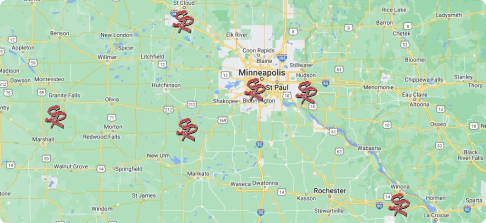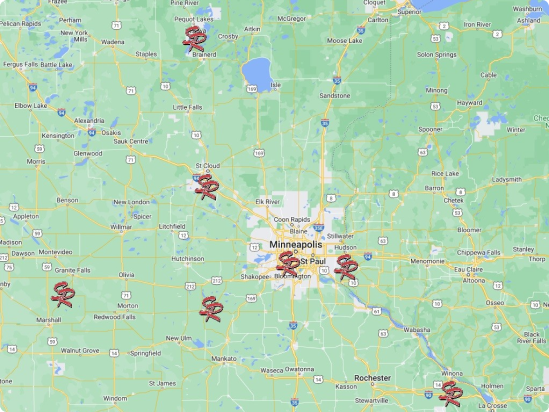When a storm strikes, it can wreak havoc on your home, particularly your roof. One of the most common issues homeowners experience after a severe storm is shingle damage. Loose and missing shingles can lead to further damage if not addressed promptly, so it’s important to have roof storm damage repaired as soon as it’s found. If you find yourself in this situation, knowing what steps to take to protect your roof and prevent any potential leaks or structural issues is essential. Below are some tips that can help identify and fix the problem quickly.
Unleashing Nature’s Fury: How Storms Uproot Your Shingles
- The Impact of High Winds: Gusting winds during a storm can loosen shingles from their secure positions. The sheer force exerted on your roof can pry them loose.
- Rain, Rain, Go Away: Heavy rainfall accompanying storms can saturate the underlying layers of your roof, weakening the adhesives that hold the shingles in place.
- Hail’s Destructive Dance: Hailstones, with their icy onslaught, can crack, dislodge, or break shingles, leaving gaps in your roof’s shingles.
- Falling Debris: During a storm, tree branches, debris, or even airborne objects propelled by strong winds can impact your roof, dislodging shingles.
- Age and Wear: Over time, your roof’s natural wear and tear can weaken the adhesion of shingles, making them more susceptible to becoming loose or detached during a storm.
How to Identify Loose or Damaged Shingles
There are many ways to identify loose shingles in your roof.
- Curling or Cupping: inspect your roof for shingles that have curled upwards at the edges or developed a concave shape, as this can indicate potential loosening. High winds can exacerbate this issue.
- Missing Shingles: look for conspicuous gaps or patches on your roof where shingles are completely absent. Storm damage can easily dislodge and carry away shingles, leaving behind visible gaps.
- Cracks or Splits: check for shingles that have visible cracks or splits. These can compromise their ability to protect your roof from leaks and are often a result of hail or impact damage.
- Granule Loss: examine your gutters and downspouts for an excessive accumulation of granules. This loss of granules indicates shingle deterioration, making them more susceptible to damage.
Why your Shingles Should be Repaired Immediately
Don’t wait! Storm damage to your roofing shingles can lead to many other issues very quickly, especially if you’re hit by more rain and summer storms. Leaving storm damage alone can lead to:
Costly Repairs: The longer you delay addressing the issue, the more extensive the damage can become. Water can seep through the gaps, causing leaks and potentially damaging the underlying structure of your roof.
Over time, mold and mildew can thrive, leading to health hazards and further deterioration. Ignoring the problem increases the risk of needing a complete roofing replacement, which can be a significant financial burden.
- Safety Issues: strong winds can dislodge shingles during a storm, turning them into hazardous projectiles. These shingles can cause injury to people or damage property if they fall from the roof.
- Additionally, compromised shingles can create weak spots on your roof, increasing the risk of structural damage.
- Quality of Living: by preventing leaks and moisture buildup, you can protect your indoor air quality and avoid mold and mildew growth, which can cause respiratory problems.
Fixing your roof can also increase energy efficiency, as damaged shingles can compromise insulation and increase heating and cooling costs.
What Should Your Next Step Be?
Before contacting your insurance company, it’s essential to reach out to a professional roofing company for a thorough inspection. They have the expertise to assess the damage accurately and can provide an expert opinion.
Moreover, it’s advisable to let the roofing company handle the insurance process, as they have experience dealing with insurance companies and can ensure a smoother and more efficient claim.
Remember to avoid DIY repairs, as roofing replacement and repair require specialized skills and equipment, and attempting them yourself can lead to further damage and personal injury.


